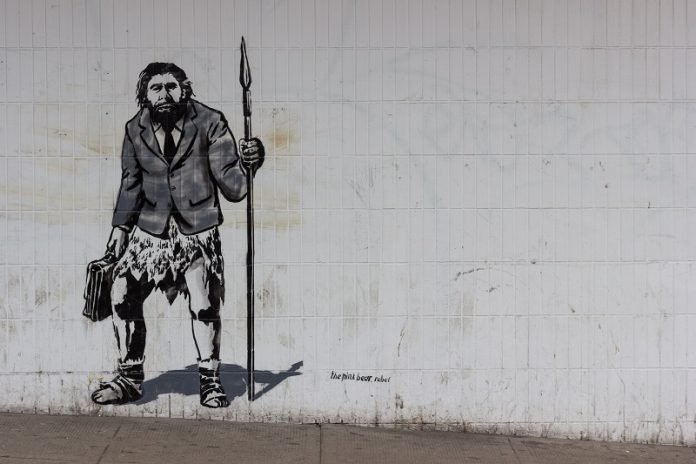
Imagine two long-lost cousins reuniting after thousands of years and realizing they’re more similar than they thought!
This is kind of what happened between Neanderthals and a group of early modern humans, according to new research.
Scientists found that Neanderthals had about 6% of their DNA from early modern humans. This means they had mixed with each other a long time ago.
But here’s the twist: this mixing happened not just once, but at least twice!
Long ago, around 75,000 years back, our modern human ancestors traveled to a place called Eurasia and met the Neanderthals. They got along, mixed, and shared DNA. But this new study shows that even before this, another group of humans had met Neanderthals. This happened more than 250,000 years ago!
Sadly, this older group of humans later disappeared, and only Neanderthals remained. But the Neanderthals carried a bit of those ancient human genes with them.
A group of smart scientists from several universities, including Penn, Addis Ababa University, and others, worked together on this. They looked closely at the DNA of Neanderthals and compared it with the DNA of modern people living in sub-Saharan Africa.
You see, most people believed that Neanderthals only mixed with humans outside of Africa. So, finding Neanderthal-like DNA in Africa was a big mystery. The researchers used special methods to look at this DNA and figure out where it came from.
The team found that Neanderthal-like DNA is present in many people across sub-Saharan Africa. But where did it come from? They learned that most of this DNA came from that ancient group of humans who met Neanderthals around 250,000 years ago.
But that’s not all! In some specific groups of people in Africa, like the Amhara from Ethiopia and the Fulani from Cameroon, there’s another type of Neanderthal DNA. This DNA came from humans who had mixed with Neanderthals outside of Africa and then came back to Africa.
When the team looked at where this shared DNA was located in the Neanderthal genes, they found something interesting.
Most of the human DNA was in areas that didn’t have specific jobs in the body, meaning they weren’t that important. This suggests that when human genes got into the Neanderthal body, they might not have been very helpful.
It’s like putting a piece from one puzzle into another puzzle. It might fit, but it doesn’t really belong there. Over time, both humans and Neanderthals tried to get rid of these “misfit” genes.
One of the researchers, Platt, explained it simply: A gene that’s good for a Neanderthal might not be good for a modern human, and vice versa. It’s like taking a fish out of water. It won’t really work.
This discovery gives us a whole new way to look at human history. There was a group of humans from long ago that we didn’t know much about. Now, thanks to this study, we have some clues about them.
Daniel Harris, another researcher, said it’s like shining a light on a part of our family tree that was in the dark. We don’t have bones or fossils from those ancient humans, but their DNA tells us a lot about them.
Our family tree is more complicated and interesting than we thought! Neanderthals and early humans had some surprising connections.
By studying DNA, researchers are piecing together the puzzle of our ancient history.
Follow us on Twitter for more articles about this topic.



